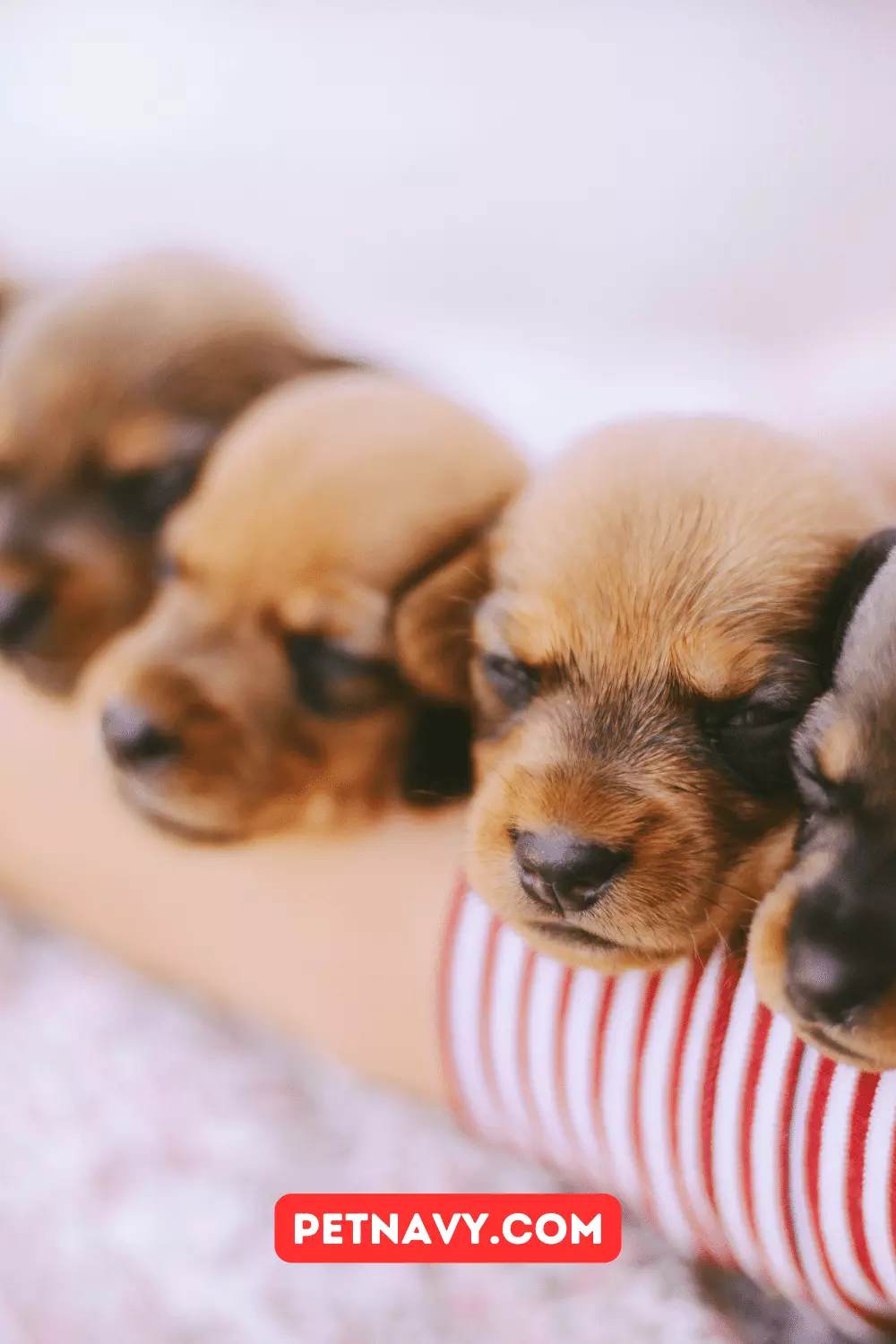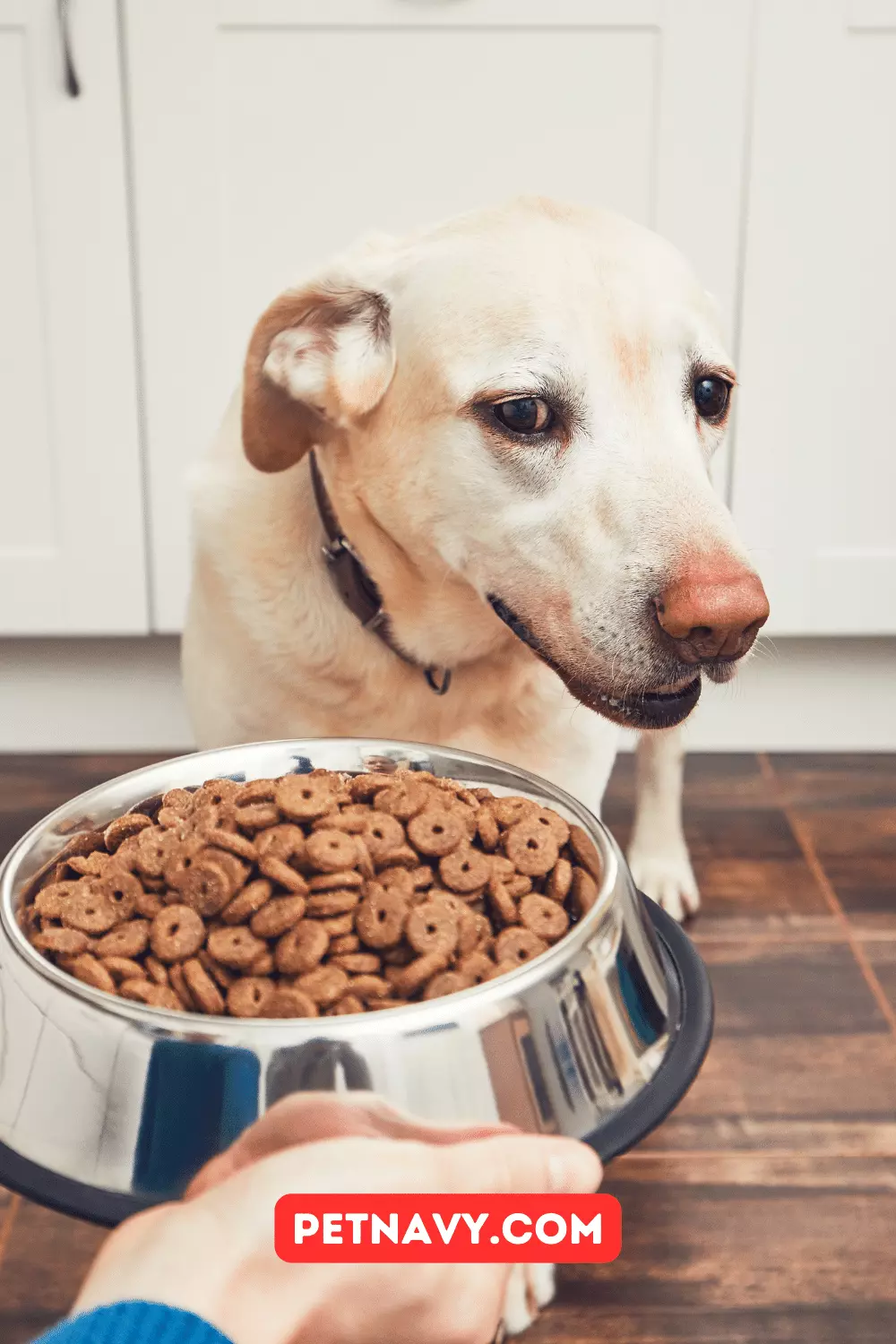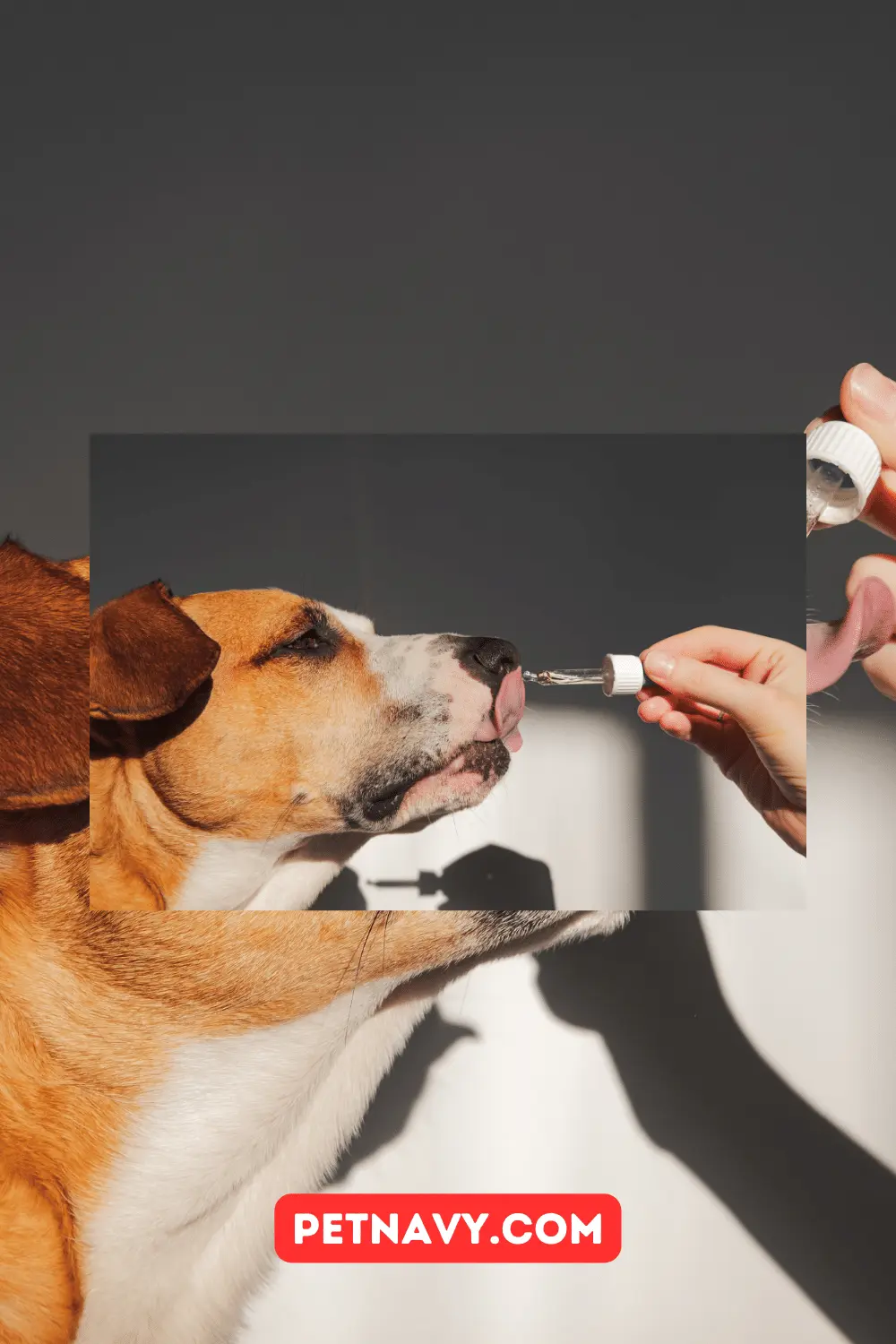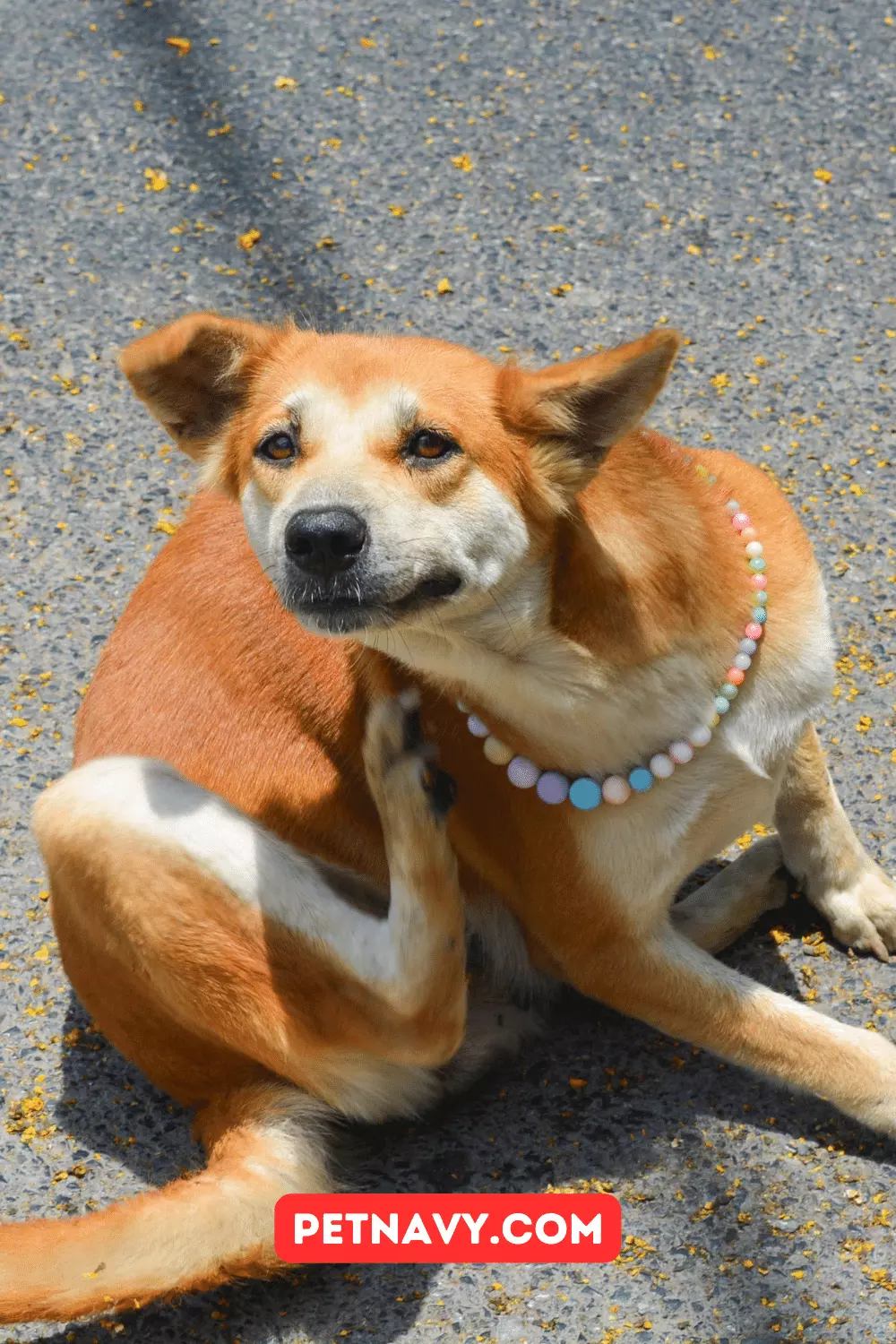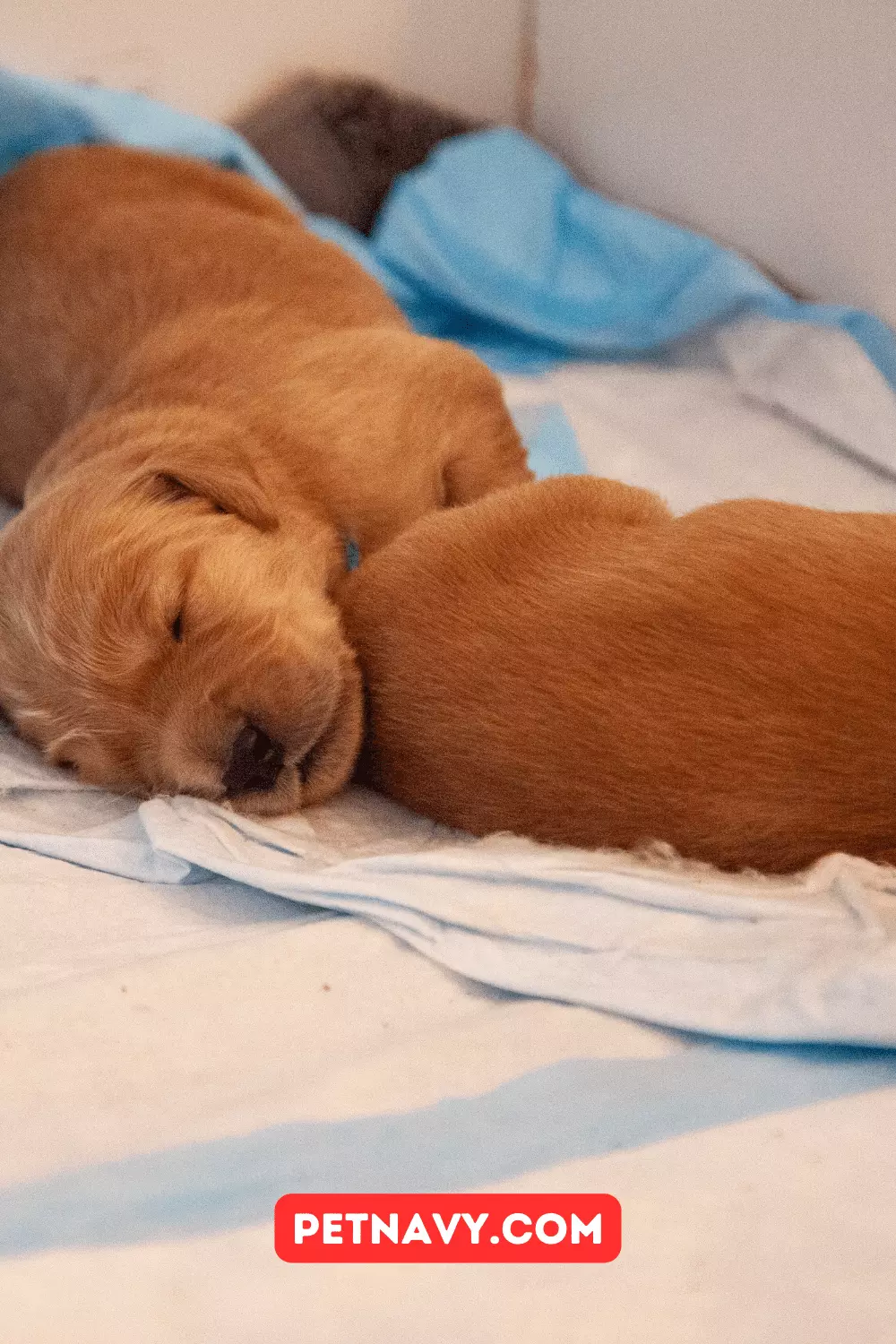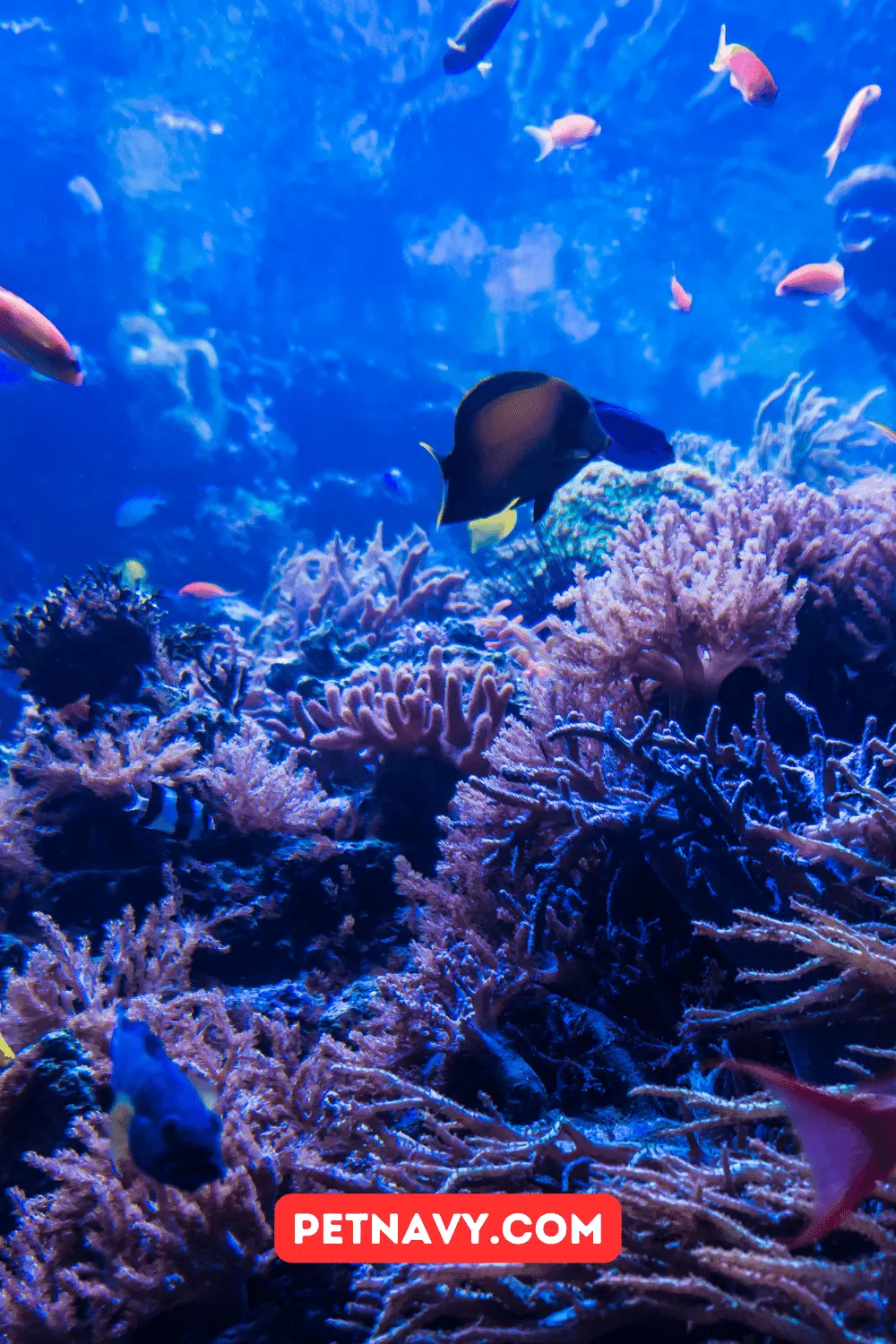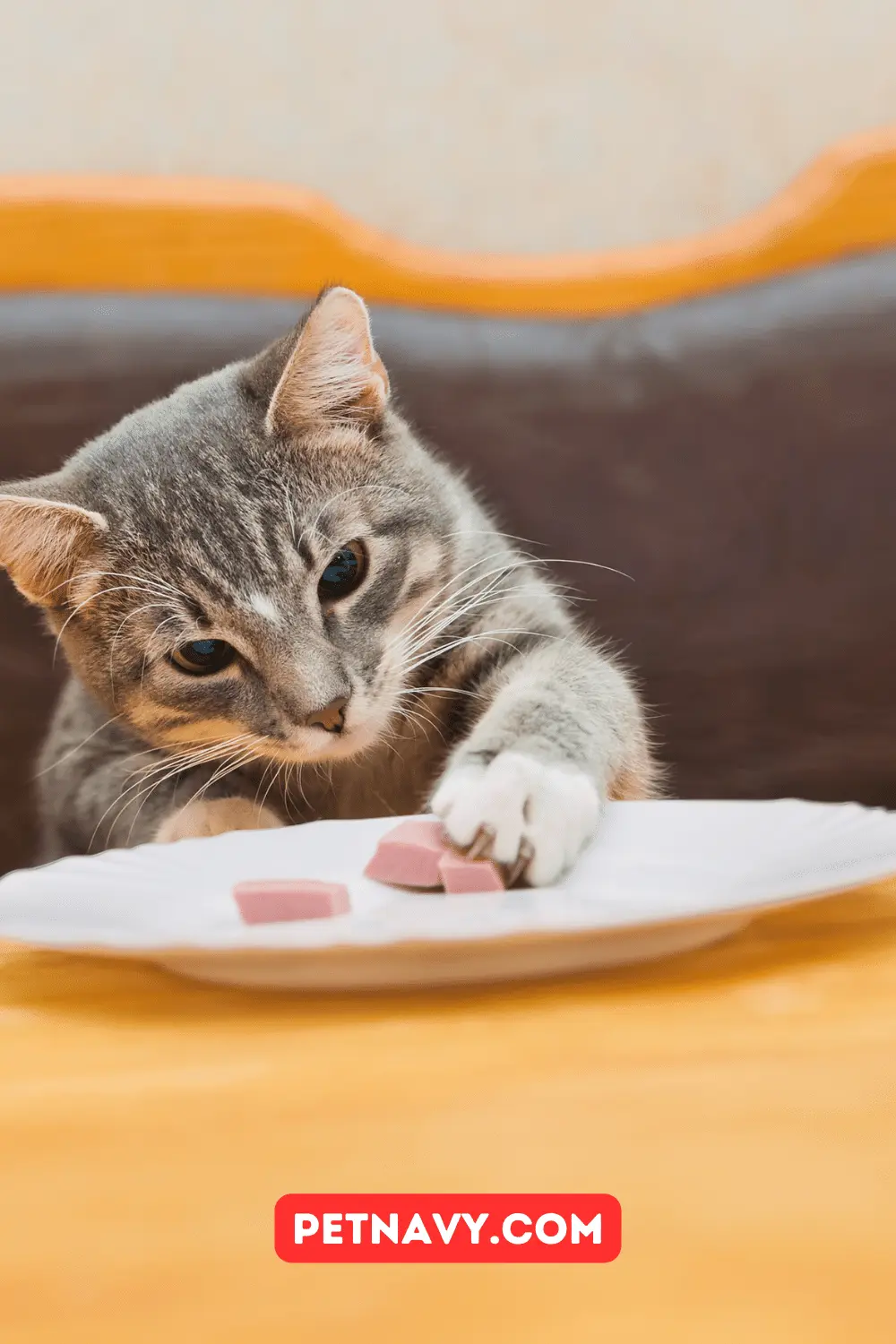Red Bearded Dragon: Size, Habitat & Care Guide
Discover the vibrant Red Bearded Dragon! Dive into a comprehensive guide on size, habitat, and expert care tips for a happy, healthy reptile. 🦎🔴
In this blog post, we delve deep into the captivating world of Red Bearded Dragons, exploring their unique characteristics, care requirements, and the joys and challenges of having them as pets.
This comprehensive guide is designed to equip both prospective and current owners with essential knowledge and insights, covering various aspects including their distinctive red coloration, ideal habitat conditions, dietary needs, health considerations, and much more.
Whether you are contemplating bringing home one of these vibrant creatures or seeking to enhance the life of your existing scaly companion, this post serves as a valuable resource, ensuring a harmonious and enriching experience with your Red Bearded Dragon.
Additionally, we provide a list of frequently asked questions and additional resources for those eager to learn more and deepen their understanding of these fascinating reptiles.
Table of Contents
Introduction
Welcome to “Pet Navy,” your go-to resource for all things pet-related! Today, we delve into the fascinating world of bearded dragons, a species of reptiles that have won the hearts of many pet enthusiasts around the globe. Bearded dragons, with their distinctive appearance and friendly demeanor, have become one of the most sought-after reptilian pets, and they are readily available with bearded dragons for sale at various breeders and pet stores.
In this comprehensive guide, we will focus on a particularly stunning morph, the Red Bearded Dragon, known for its eye-catching, vibrant coloration. This morph, along with others like the blue bearded dragon, fancy bearded dragon, zero bearded dragon, leatherback bearded dragon, orange bearded dragon, and albino bearded dragon, offers a unique aesthetic and personality, making each one a delightful addition to any home.
Whether you are a seasoned reptile keeper looking to explore different morphs, or you are just starting your journey and searching for a bearded dragon for sale near you, this guide will provide you with all the essential information you need. We will cover everything from their distinctive characteristics, ideal habitat conditions, dietary needs, health considerations, and much more, ensuring that you are well-equipped to provide the best care for your scaly companion.
So, let’s embark on this exciting journey and explore the wonderful world of the Red Bearded Dragon, and who knows, by the end of this guide, you might find yourself eager to visit the nearest bearded dragon breeders to bring home one of these magnificent creatures!
Characteristics of Red Bearded Dragons

Unique Red Coloration and Variations
Red Bearded Dragons are renowned for their striking and varied red coloration, making them a standout choice among reptile enthusiasts. This color morph can exhibit multiple shades of red, ranging from a soft, subtle hue to a vibrant, fiery red, and even to a rich ruby red, each one adding a unique charm to the creature. This diversity in coloration is a result of selective breeding practices, aimed at enhancing the aesthetic appeal of these dragons.
Physical Characteristics and Size
Beyond their color, Red Bearded Dragons share the same physical build as other bearded dragon morphs. They are adorned with spiky scales and feature a distinctive “beard,” a set of spiky scales under their chin, which can be puffed up when the dragon is stressed, trying to intimidate, or attempting to attract a mate. This beard can even turn black during high-stress situations, adding another layer to their expressive demeanor.
Red Bearded Dragons can grow up to 2 feet in length, making them a substantial presence in any enclosure. Their size is comparable to other morphs like the blue and orange bearded dragons, making them a suitable choice for those looking for a moderately sized reptilian companion.
Comparison with Other Morphs
While the red bearded dragon is celebrated for its unique coloration, it’s essential to acknowledge the diversity within the bearded dragon species. The blue bearded dragon, for instance, offers a cool, serene appearance, while the fancy bearded dragon is known for its intricate patterns and vibrant color mix. The zero bearded dragon, on the other hand, is recognized for its lack of patterns and colors, presenting a sleek, uniform appearance.
Each morph, including the leatherback, orange, and albino bearded dragons, brings its own set of characteristics and aesthetic appeal, allowing prospective owners to choose a companion that resonates most with their preferences.
Behavioral Traits
Red Bearded Dragons, like their counterparts, are known for their docile and friendly nature. They are often tolerant of handling, making them an excellent choice for those who desire a more interactive pet experience. Their curious and observant demeanor makes them entertaining companions, and with proper socialization, they can form a bond with their owners, enhancing the pet-keeping experience.
Understanding the characteristics of Red Bearded Dragons is crucial for prospective owners to ensure a harmonious relationship with these creatures. Their unique coloration, physical features, and friendly nature make them a delightful pet, but it’s also important to explore and appreciate the diversity within the species, considering other morphs like the fancy, zero, and blue bearded dragons, each offering a distinct charm and personality.
Whether you are drawn to the fiery allure of the red or the tranquil elegance of the blue, choosing a bearded dragon that aligns with your preferences will enrich your journey in the world of reptile keeping.
Habitat and Living Conditions
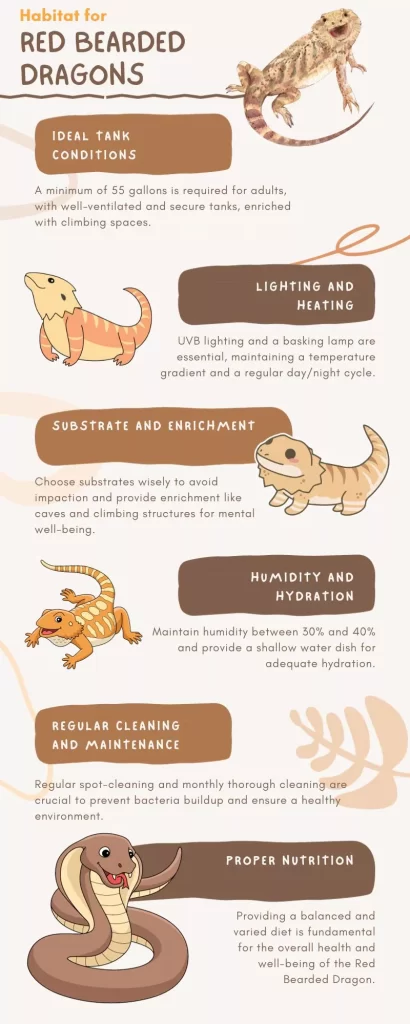
Ideal Tank Conditions
Creating a suitable and comfortable living environment is paramount for the well-being of Red Bearded Dragons. An adult bearded dragon requires a spacious enclosure, with a minimum tank size of 55 gallons, to accommodate their active lifestyle and substantial size. The tank should be well-ventilated and secure to prevent escapes. While they don’t necessitate a particularly tall tank, providing climbing space with branches and hammocks can offer enrichment and exercise, enhancing their quality of life.
Lighting and Heating
Proper lighting is crucial for the health of Red Bearded Dragons. They require UVB lighting to synthesize Vitamin D3, which is essential for calcium absorption. A basking lamp is also necessary to create a warm basking spot, with temperatures ranging between 105°F to 115°F. The enclosure should have a gradient, with a cooler side maintained between 75°F to 85°F, allowing the dragon to regulate its body temperature effectively. A regular day/night lighting cycle of around 12 hours of light and 12 hours of dark is typically sufficient.
Substrate and Enrichment
Choosing the right substrate is vital to avoid impaction risks. Options include desert sand, bark chips, flooring tiles, or reptile carpet. Each substrate has its pros and cons, and it’s essential to consider the ease of cleaning, the risk of ingestion, and the overall comfort for the dragon. Providing substrate-free space for feeding can minimize the risk of substrate consumption.
Enrichment is also crucial for the mental well-being of the dragon. Providing caves, hollow logs, and climbing structures can offer hiding places and stimulation, preventing stress and boredom.
Humidity and Hydration
Maintaining proper humidity levels between 30% and 40% is essential to prevent dehydration and aid in shedding. A hygrometer should be used to monitor the humidity levels within the tank, and adjustments should be made if the humidity becomes too high or too low. Providing a shallow water dish for drinking and occasional misting can help in maintaining adequate hydration levels.
Regular Cleaning and Maintenance
A clean environment is crucial for the health of the Red Bearded Dragon. Regular spot-cleaning to remove poop and leftover food is necessary, along with a thorough cleaning of the entire enclosure once a month to prevent the buildup of bacteria and parasites. Proper cleaning and maintenance are integral to avoid common health issues and ensure a long and healthy life for the dragon.
Creating a suitable habitat with the right conditions is foundational for the care of Red Bearded Dragons. From the appropriate tank size and lighting to the right substrate and proper cleaning, each aspect plays a crucial role in the overall well-being of the dragon.
Whether you are bringing home a red, blue, or fancy bearded dragon, understanding and implementing proper habitat and living conditions will pave the way for a harmonious and enriching companionship with these magnificent creatures.
Diet and Nutrition
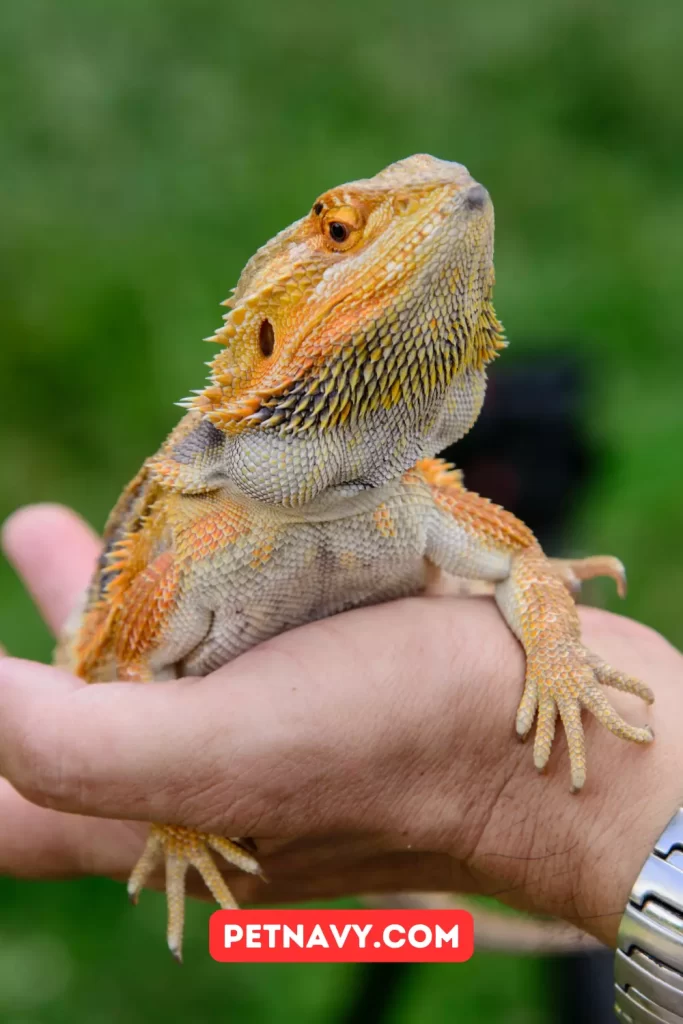
Dietary Needs at Different Life Stages
- Juveniles: Young Red Bearded Dragons have a high metabolic rate and require a diet consisting predominantly of protein, with about 80% of their diet comprising insects.
- Adults: As they mature, their dietary needs shift towards a more herbivorous diet, with around 80% of their intake consisting of fruits and vegetables.
- Balanced Diet: It’s crucial to maintain a balanced and varied diet throughout their life stages to ensure optimal health and development.
Suitable Foods and Proportions
- Insects: Suitable options include crickets, mealworms, and dubia roaches, which should be gut-loaded and dusted with calcium and vitamin supplements.
- Plant Matter: A variety of leafy greens, vegetables, and fruits should be offered, avoiding high oxalate and high phosphorus foods that can inhibit calcium absorption.
- Proportions: Maintaining the right proportions of insects to plant matter at different life stages is essential to prevent nutritional imbalances and associated health issues.
Importance of Supplements
- Vitamin D3 and Calcium: These are essential supplements to prevent Metabolic Bone Disease, a common ailment in bearded dragons due to calcium deficiency.
- Multivitamins: Regular supplementation with a multivitamin can ensure they receive all the necessary nutrients, especially when dietary variety is limited.
- Frequency: The frequency of supplementation depends on the age and health status of the bearded dragon, with juveniles generally requiring more frequent supplementation.
Hydration
- Water Intake: While Red Bearded Dragons receive most of their water from their food, providing a shallow water dish and occasional misting can ensure adequate hydration.
- Dehydration Monitoring: Observing for signs of dehydration such as sunken eyes and wrinkled skin is crucial, and immediate steps should be taken to rectify any dehydration issues.
Feeding Schedule
- Regular Feeding: Establishing and adhering to a regular feeding schedule according to their age and dietary needs is essential for their well-being.
- Overfeeding Prevention: Monitoring food intake and avoiding overfeeding is crucial to prevent obesity and related health complications.
- Adjustments: The feeding schedule and portions may need adjustments based on the individual needs, activity levels, and health status of the bearded dragon.
Understanding and implementing proper diet and nutrition are paramount in caring for Red Bearded Dragons. A balanced and varied diet, suitable supplementation, adequate hydration, and a consistent feeding schedule are the pillars of nutritional care for these creatures.
Whether you have a juvenile requiring a protein-rich diet or an adult thriving on plant matter, catering to their specific dietary needs will ensure a healthy, happy, and long life for your red bearded dragon, or any other morph you choose to keep.
Health and Lifespan
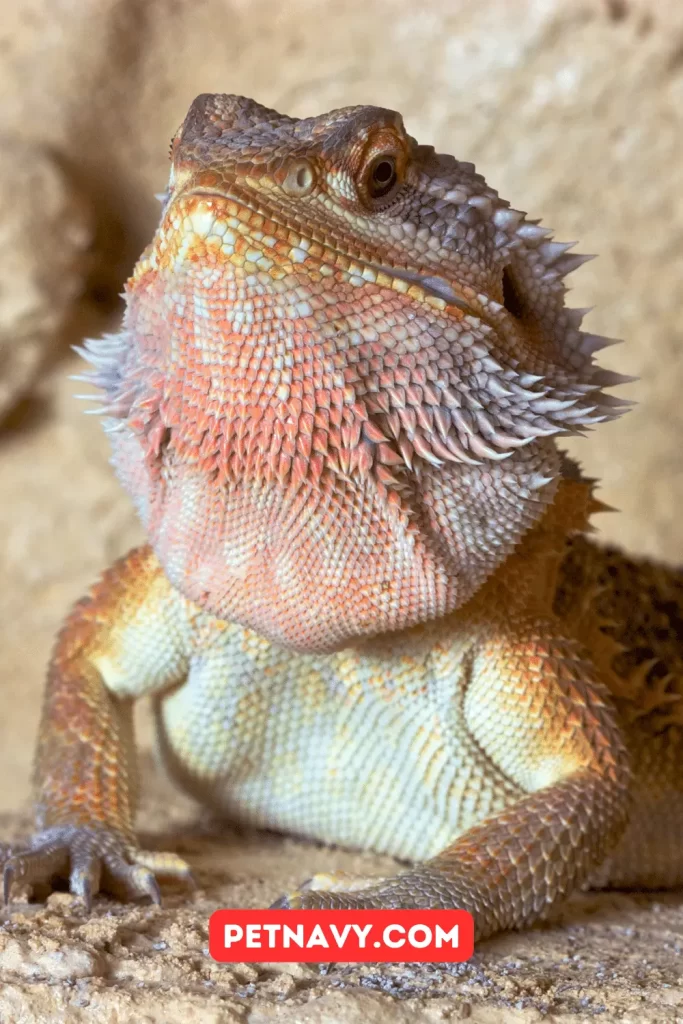
Common Health Issues
- Metabolic Bone Disease (MBD): Caused by calcium deficiency, it’s a common ailment in bearded dragons, leading to weak and deformed bones.
- Respiratory Infections: Caused by improper humidity levels or exposure to cold temperatures, it can lead to breathing difficulties and should be addressed promptly.
- Stomatitis (Mouth Rot): An infection in the mouth that can be caused by poor living conditions and requires immediate veterinary attention.
- Parasites: Internal and external parasites can affect bearded dragons, necessitating regular fecal exams and proper hygiene to prevent infestations.
Lifespan and Contributing Factors
- Average Lifespan: With proper care, Red Bearded Dragons can live up to 10 years, providing long-term companionship for their owners.
- Proper Husbandry: Adequate diet, suitable habitat conditions, and regular veterinary check-ups are crucial in maximizing their lifespan.
- Stress Reduction: Minimizing stress through proper handling, a secure environment, and mental stimulation contributes significantly to their overall well-being and longevity.
Veterinary Care and Regular Check-ups
- Routine Exams: Regular veterinary check-ups are essential to monitor their health status, detect any early signs of illness, and administer necessary treatments or interventions.
- Specialized Veterinary Care: Choosing a veterinarian experienced in reptile care ensures that your bearded dragon receives the most accurate diagnoses and appropriate treatments.
- Vaccinations and Preventive Measures: While bearded dragons don’t typically require vaccinations, preventive measures like parasite control and proper hygiene are vital in maintaining their health.
Importance of Proper Husbandry
- Clean Environment: Maintaining a clean and sanitary living space is fundamental in preventing infections and diseases.
- Balanced Diet: Providing a nutritionally balanced and varied diet is crucial in preventing dietary deficiencies and related health issues.
- Stable Living Conditions: Ensuring stable temperature, humidity, and lighting conditions is essential in preventing stress and related health complications.
Maintaining the health and maximizing the lifespan of Red Bearded Dragons involves a multifaceted approach, encompassing proper husbandry, regular veterinary care, and a keen eye for early signs of illness. By understanding the common health issues and their preventive measures, owners can ensure a thriving and enriching life for their bearded dragons.
Whether it’s a red, blue, or fancy bearded dragon, adhering to these health and wellness guidelines will pave the way for a fulfilling and harmonious companionship with these captivating creatures.
Cost and Availability
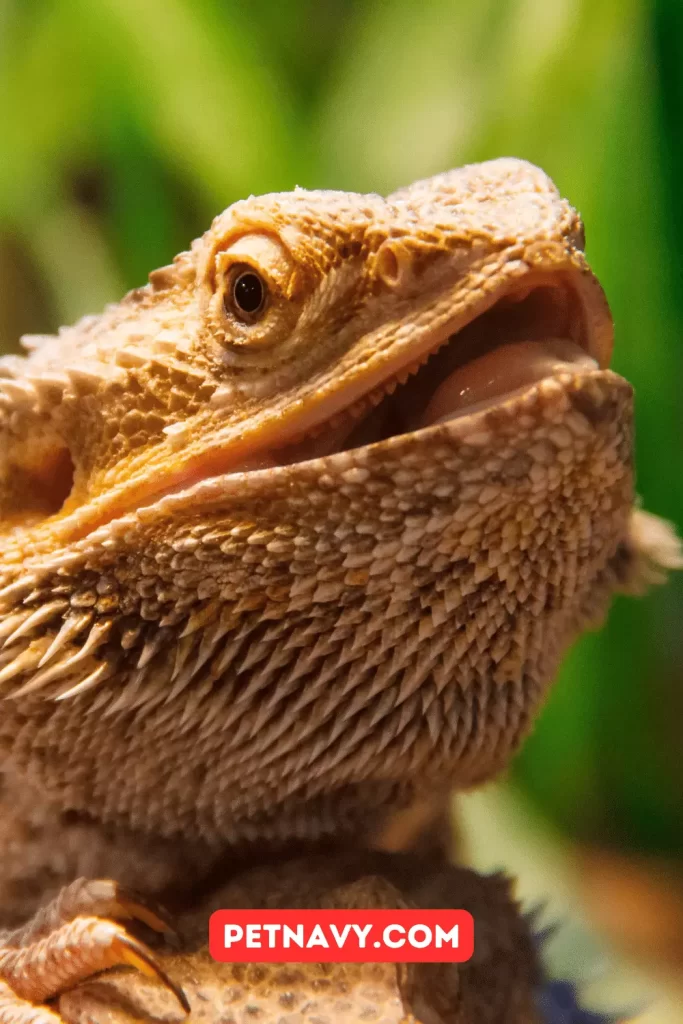
Price Range of Red Bearded Dragons
- Initial Cost: The price of acquiring a Red Bearded Dragon can range between $200 and $400, with the more vivid and solid red morphs generally commanding higher prices.
- Factors Influencing Price: The age, color intensity, and lineage of the bearded dragon can significantly impact its price, with rarer and more desirable traits being more expensive.
Availability and Where to Buy
- Bearded Dragon Breeders: Reputable breeders are often the best source for healthy and well-cared-for bearded dragons, offering a variety of morphs including red, blue, fancy, and more.
- Pet Stores: Many pet stores offer bearded dragons for sale, but it’s crucial to ensure that the store follows ethical and proper care standards.
- Online Platforms: Several online platforms and forums provide listings for bearded dragons for sale, allowing prospective owners to explore various options and find the perfect match.
- Adoption and Rescues: Adopting from rescue organizations is a commendable option, giving a loving home to bearded dragons in need.
Ongoing Costs
- Setup and Equipment: The initial setup, including the enclosure, lighting, heating, and accessories, can be a significant investment, varying based on the quality and specifications chosen.
- Food and Supplements: A balanced and varied diet, along with necessary supplements, incurs ongoing costs, essential for the health and well-being of the bearded dragon.
- Veterinary Care: Regular check-ups and potential medical treatments contribute to the ongoing costs of keeping a bearded dragon.
Choosing Reputable Sources
- Research and Reviews: Conducting thorough research and reading reviews can help in identifying reputable breeders or sellers, ensuring the health and quality of the bearded dragon.
- Health Guarantee: Opting for sellers who offer a health guarantee can provide peace of mind and assurance regarding the well-being of the purchased bearded dragon.
- Ethical Considerations: Choosing sources that follow ethical breeding and care practices is crucial in supporting responsible and humane treatment of bearded dragons.
Understanding the cost and availability of Red Bearded Dragons is crucial for prospective owners. While the initial acquisition and setup can be substantial, the ongoing costs of proper care, nutrition, and veterinary attention are integral components of responsible ownership.
Whether opting for a vibrant red or a serene blue morph, choosing reputable and ethical sources is paramount in ensuring a healthy and joyful companion. By considering adoption and supporting responsible breeders, prospective owners can contribute to the well-being and conservation of these magnificent creatures.
Pros and Cons of Having a Red Bearded Dragon as a Pet
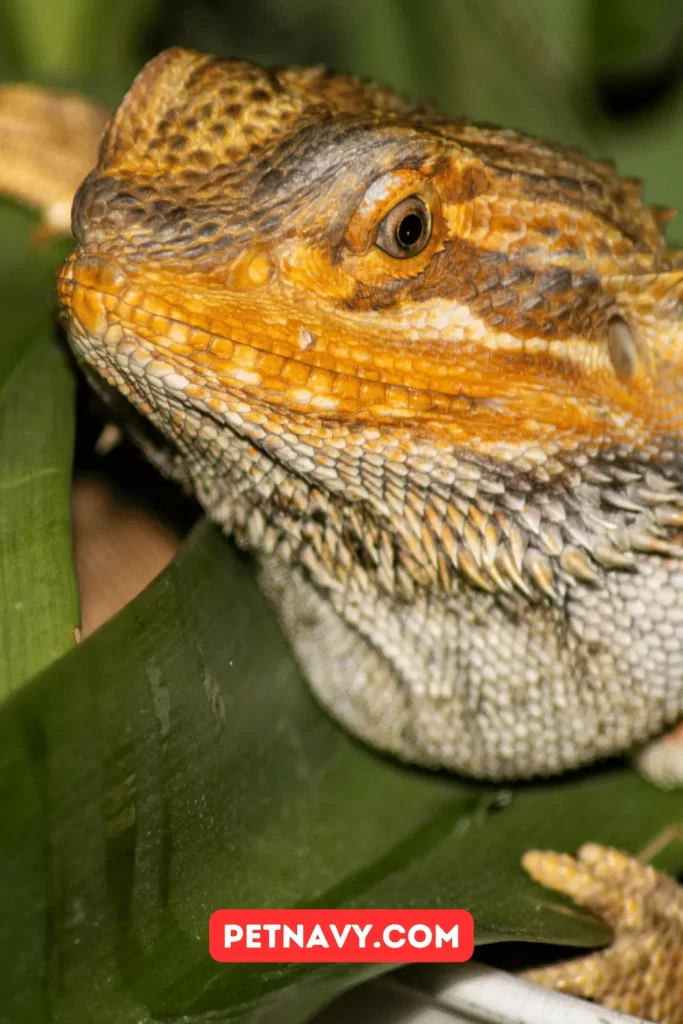
Pros
- Unique Aesthetic Appeal:
- The vibrant and varied red coloration of this morph makes it a visually striking pet, adding a touch of exotic beauty to your space.
- Friendly and Docile Nature:
- Red Bearded Dragons are known for their tolerant and gentle demeanor, making them suitable for handling and interaction, enriching the pet-owner bond.
- Moderate Size:
- Their substantial yet manageable size makes them a suitable pet for those who have adequate space, without the challenges of extremely large reptiles.
- Longevity:
- With proper care, they can live up to 10 years, offering long-term companionship and allowing owners to form a deep and lasting bond with them.
- Dietary Versatility:
- Their omnivorous diet allows for a varied and balanced nutritional plan, making it easier to meet their dietary needs.
Cons
- Specialized Care Needs:
- They require specific habitat conditions, diet, and healthcare, necessitating a commitment to learning and providing for their unique needs.
- Initial Setup Cost:
- The initial investment in a suitable enclosure, equipment, and setup can be substantial, requiring financial planning and consideration.
- Ongoing Time and Effort:
- Regular cleaning, feeding, and health monitoring demand consistent time and effort, making them less suitable for those with a hectic lifestyle.
- Veterinary Care:
- Access to specialized veterinary care is essential, which can be challenging to find and may incur additional costs.
- Limited Social Interaction:
- While they are tolerant of handling, their interaction level is not comparable to more socially oriented pets like dogs, which might be a drawback for those seeking a highly interactive companion.
Owning a Red Bearded Dragon comes with its set of joys and challenges. Their stunning appearance, gentle nature, and moderate size make them a delightful companion for those willing to invest the time, effort, and resources in their care.
However, their specialized needs, the requirement for consistent attention, and limited social interaction may pose challenges for potential owners. Weighing the pros and cons carefully and assessing one’s capability and willingness to meet their needs is crucial before deciding to bring home a Red Bearded Dragon or any other morph, ensuring a harmonious and fulfilling relationship for both the pet and the owner.
Conclusion
Red Bearded Dragons, with their vibrant hues and distinctive appearance, are a captivating presence in the world of pet reptiles. They bring a unique charm and exotic allure, making them a sought-after choice for reptile enthusiasts and pet lovers alike. Their friendly and docile nature, coupled with their moderate size and longevity, offer a rewarding and enriching pet-keeping experience, fostering a deep and lasting bond between the dragon and its owner.
However, the journey of keeping a Red Bearded Dragon, or any of its equally fascinating morphs like the blue, fancy, or leatherback, is laden with responsibilities and commitments. From providing a suitable and enriching habitat, maintaining optimal living conditions, offering a balanced and nutritious diet, to ensuring regular veterinary care, each aspect of their care demands diligence, knowledge, and dedication. The initial and ongoing costs, the time, and the effort required to meet their specialized needs are considerations that prospective owners must weigh carefully.
Choosing to bring home a Red Bearded Dragon is not just about embracing their exotic beauty and enjoying their companionship; it’s about committing to their well-being, respecting their needs, and contributing to the conservation and ethical treatment of these magnificent creatures. Whether you are a seasoned reptile keeper exploring different morphs or a beginner stepping into the enchanting world of bearded dragons, understanding, appreciating, and adhering to the principles of responsible pet ownership will ensure a harmonious, joyful, and fulfilling journey with your scaly friend.
For those who decide to embark on this exciting adventure, the world of Red Bearded Dragons opens up a realm of learning, discovery, and connection, enriching our lives with their unique presence and teaching us the values of care, respect, and coexistence. So, explore, learn, and dive deep into the fascinating world of Red Bearded Dragons, and may your journey be filled with colorful experiences, mutual growth, and boundless joy!
FAQs about Red Bearded Dragons
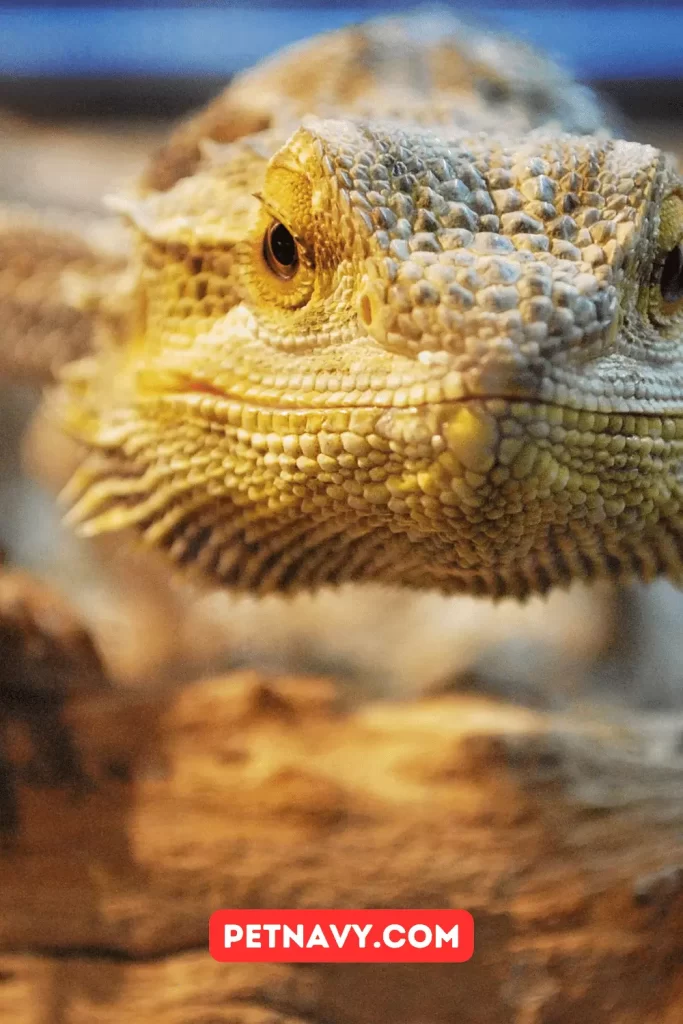
Q1: Can Red Bearded Dragons be housed together?
- A: It is generally not recommended to house bearded dragons together due to their territorial nature. Housing them together can lead to stress, competition for resources, and potential aggression, especially between males.
Q2: How often do Red Bearded Dragons need to eat?
- A: Juveniles need to eat multiple times a day due to their rapid growth, while adults typically eat once a day. The diet should be balanced between insects and plant matter, depending on their life stage.
Q3: Do Red Bearded Dragons need a specific type of lighting?
- A: Yes, they require UVB lighting to synthesize Vitamin D3, which is crucial for calcium absorption, preventing Metabolic Bone Disease. A basking light is also needed to provide the necessary heat for thermoregulation.
Q4: How can I ensure that the Red Bearded Dragon I am buying is healthy?
- A: Purchase from reputable breeders or sellers, look for active and alert dragons with clear eyes, nose, and mouth, and ensure they have a healthy appetite and no signs of parasites or injuries. A health guarantee from the seller is also beneficial.
Q5: Can Red Bearded Dragons be trained?
- A: Bearded dragons can be tamed through regular, gentle handling, and they can learn to recognize their owners and associate them with food. However, they do not have the cognitive ability to learn tricks or commands like dogs.
Q6: What should I do if my Red Bearded Dragon is showing signs of illness?
- A: Seek immediate veterinary attention. Early diagnosis and treatment are crucial in addressing health issues effectively. Regular veterinary check-ups are also recommended to monitor their health.
Q7: How much does it cost to set up a suitable habitat for a Red Bearded Dragon?
- A: The initial setup cost can vary widely, depending on the quality and specifications of the enclosure, lighting, heating, and accessories. It’s essential to invest in a suitable setup to ensure the well-being of the dragon.
Q8: Can I feed my Red Bearded Dragon fruits and vegetables from my kitchen?
- A: Yes, but ensure they are fresh, washed, and free from pesticides. Avoid high oxalate and high phosphorus foods. A varied diet of suitable fruits, vegetables, and leafy greens is recommended.
Q9: Is it ethical to buy color morphs like the Red Bearded Dragon?
- A: When buying any pet, it’s crucial to choose breeders who follow ethical breeding practices and prioritize the health and well-being of the animals. Research and choose reputable sources to support responsible pet trade.
Q10: How can I enrich the environment for my Red Bearded Dragon?
- A: Providing a variety of climbing structures, hiding places, and interactive elements, along with regular opportunities for exploration and interaction, can offer mental stimulation and enrichment.
This FAQs section aims to address the common queries and concerns of prospective and current Red Bearded Dragon owners, providing insights and guidance to ensure a positive and informed pet-keeping experience. Whether you are contemplating acquiring a Red Bearded Dragon or seeking to enhance the care of your existing companion, these answers serve as a valuable resource in navigating the rewarding journey of living with these remarkable creatures.
Additional Resources
For readers seeking more in-depth information, insights, or options for acquiring a Red Bearded Dragon, the following resources are highly recommended:
- Pet Keen’s Guide on Red Bearded Dragon:
- A comprehensive guide providing detailed insights into the care, diet, and habitat requirements of Red Bearded Dragons.
- Hepper’s Red Bearded Dragon Guide:
- An informative resource offering extensive knowledge on the characteristics, care needs, and considerations for owning a Red Bearded Dragon.
- Reptile Guide’s Red Bearded Dragon Article:
- A specialized guide focusing on the unique traits, care routines, and dietary needs of Red Bearded Dragons.
- CB Reptile’s Red Bearded Dragon Listings:
- A reliable platform to explore options for purchasing healthy and well-cared-for Red Bearded Dragons from reputable sources.
- MorphMarket’s Red Bearded Dragon Listings:
- A marketplace offering a variety of Red Bearded Dragons, allowing prospective owners to find the perfect match.
- More Reptiles’ Types of Bearded Dragon Colors:
- An enlightening article exploring the diverse color morphs of bearded dragons, including the stunning Red Bearded Dragon.
- Everything Reptiles’ Bearded Dragon Guide:
- A thorough guide covering all aspects of bearded dragon care, including diet, habitat, and health considerations.
- Bearded Dragon Resource’s Article on Red Bearded Dragons:
- A dedicated resource providing valuable information on the care, diet, and unique characteristics of Red Bearded Dragons.
- Total Bearded Dragon’s Color Guide:
- A detailed exploration of the various color morphs of bearded dragons, offering insights into their unique appearances and care needs.
- The Spruce Pets’ Guide to Bearded Dragons as Pets:
- An all-encompassing guide offering practical advice and information on keeping bearded dragons as pets, suitable for both beginners and experienced owners.
These resources offer a wealth of information, practical advice, and insights, aiding readers in enhancing their knowledge and ensuring the well-being of their Red Bearded Dragons. Whether you are a prospective owner seeking to learn more or a current owner looking to enrich the life of your scaly companion, exploring these resources will undoubtedly contribute to a more informed and rewarding pet-keeping experience.
You may also like these:
-

Finding the Longest Retractable Dog Leash for Your Pup
Giving your furry friend the freedom to roam and explore is an essential part of being a dog owner. But how much freedom is too much?
-



Bloat: A Threat for All Dogs, Not Just Deep-Chested Breeds
All Dogs at Risk! Learn about bloat (GDV), signs, prevention & why any breed can suffer.
-



Bloat-Prone Breeds: Exploring the Top 8 Dog Breeds at Risk
Explore the top bloat-prone breeds and learn about the risks. Safeguard your furry companion’s health with our informative guide!
-



The Comprehensive French Bulldog Guide by Melvin
Explore essential French Bulldog care tips, health advice, and training insights in our expert guide, perfect for Frenchie owners and enthusiasts.
-



Why You Might Want to Rethink Using a Ranger Retractable Dog Leash?
Reconsider the Ranger Retractable Dog Leash! Delve into potential risks and learn why some experts advise against its use for your pet’s safety. 🐶🚫
-



Wahl Dog Shampoo Recall: Tips for Protecting Your Dog
Discover tips for protecting your dog from the Wahl dog shampoo recall. Keep your furry friend safe and healthy, read now!
-



Why Does My Dog Keep Sitting Down After Grooming?
Uncover reasons behind your dog keep sitting down post-grooming. Explore insights into canine behavior, comfort, and how to ensure a positive grooming experience. 🐶✂️
-



Is It Dangerous for Dogs to Eat Puppy Pad?
Explore the risks of dogs eating puppy pads: Understand the potential dangers, symptoms of ingestion, and preventive measures for pet safety. 🐶
-



Top 5 Bestselling Orthopedic Dog Beds for 2023
Explore the top 5 orthopedic dog beds of 2023! Dive into options that combine comfort and support to enhance your pet’s rest and joint health. 🐶💤
-



Top 5 Bestselling Waterproof Dog Blankets for 2023
Stay dry with the top 5 waterproof dog blankets of 2023! Explore high-quality, bestselling options for ultimate pet comfort and protection. 🐶💦
-



Top 5 Bestselling Indestructible Dog Beds for 2023
Discover 2023’s top 5 indestructible dog beds! Explore durable, comfortable options that withstand the toughest chewers for lasting comfort. 🐶🛏️
-



10 Best Selling Raised or Elevated Dog Beds
Discover the top 10 best-selling raised or elevated dog beds! Explore quality options that offer comfort and support to ensure your pet’s sweet dreams. 🐶💤
-



Red Bearded Dragon: Size, Habitat & Care Guide
Discover the vibrant Red Bearded Dragon! Dive into a comprehensive guide on size, habitat, and expert care tips for a happy, healthy reptile. 🦎🔴
-



The Benefits of Ashwagandha For Dogs
Explore the wonders of Ashwagandha for dogs! Discover how this powerful herb can enhance canine well-being and address various health issues. 🐶🌿
-



Kirkland Dog Pads Recall: 7 Steps to Secure Pet Safety
Stay informed about the Kirkland Dog Pads recall. Learn the crucial steps to ensure your pet’s safety and how to secure alternative solutions. 🐶🛑
-



DIY: 5 Simple Free Patterns for Male Dog Diapers
Craft with love! Explore 5 simple DIY free patterns for male dog diapers to create functional and comfortable diapers at home. 🐶✂️🧵
-



Why Dogs Sleep with Their Owners? The 4 Powerful Benefits
Uncover the reasons why dogs sleep with their owners and explore the mutual benefits and bonds it creates between pets and their humans. 🐶💤
-



Jinx Dog Food: Review for Modern Pet Parents
Explore comprehensive insights on Jinx Dog Food, a premium brand. Learn about its quality, range, benefits, and customer experiences.
-



Westminster Dog Show 2023: Best of Canine Excellence
Experience the grandeur of Westminster Dog Show 2023! Discover the top breeds, remarkable winners, and highlights of canine excellence. 🐶🏆
-
![Discover the Cost of Owning a Golden Retriever in the USA [Sep 2023]](https://i0.wp.com/petnavy.com/wp-content/plugins/a3-lazy-load/assets/images/lazy_placeholder.gif?resize=1000%2C1500)
![Discover the Cost of Owning a Golden Retriever in the USA [Sep 2023]](https://i0.wp.com/petnavy.com/wp-content/plugins/a3-lazy-load/assets/images/lazy_placeholder.gif?resize=1000%2C1500)
![Discover the Cost of Owning a Golden Retriever in the USA [Sep 2023]](https://i0.wp.com/petnavy.com/wp-content/uploads/2023/09/How-Much-Does-a-Golden-Retriever-Cost-in-the-United-States-in-2023.webp?resize=1000%2C1500&ssl=1)
Discover the Cost of Owning a Golden Retriever in the USA [Sep 2023]
Explore the comprehensive guide about Cost of Owning a Golden Retriever in the USA, covering initial costs, ongoing expenses, budgeting tips, and more!
-



5 Best Places to Find Mini Dachshund Puppies for Sale
Explore our comprehensive guide to find Mini Dachshund puppies for sale from reputable sources, learn about responsible breeding and adoption!
-



Blue Buffalo Vs Blue Wilderness: Which Is the Best in 2023?
Explore the comprehensive guide on Blue Buffalo vs Blue Wilderness pet foods, comparing quality, nutrition, taste, variety, cost, and safety!
-



French Bulldog Yorkie Mix: Frorkie or Yorkie Frenchie Breed
Explore the charming French Bulldog Yorkie Mix (Frorkie)! Discover their characteristics, care needs, training tips, and more in this comprehensive guide.
-



How Many Calories Are in a Cup of Blue Buffalo Dog Food?
Blue Buffalo Dog food calories are an important consideration when it comes to feeding your dog. It’s important to choose a perfect dog food!
-



How Many Calories Are in Blue Buffalo Senior Dog Food?
Discover the pawfect nutrition! Find out the calorie count in Blue Buffalo Senior Dog Food. Keep your senior dog happy and healthy. Woof-tastic!
-



Joint Supplements for Dogs: Uses, Side Effects and More
Navigate the world of joint supplements for dogs: Understand their benefits, potential side effects, and expert advice for optimal canine health. 🐶🦴
-



3 Best Itch Soothing Spray for Dogs
Discover top-rated itch soothing spray for dogs: Expert reviews on effective solutions to soothe and heal your canine’s skin discomfort. 🐶🌿
-



Puppy Pads – Potty Training a Puppy
If you’re potty training a puppy or live in an apartment and can’t always take your pup out for a walk, then puppy pads are a great solution!
-



Marina Aquarium Heater Instructions
How to set up and maintain a marina aquarium heater properly? This guide will cover all the basic information you need to get started.
-



What Does Rancid Dog Food Smell Like?
What does rancid dog food smell like? Identify rancid dog food aromas: A guide to ensuring your pet’s meal freshness and safety. 🐶👃








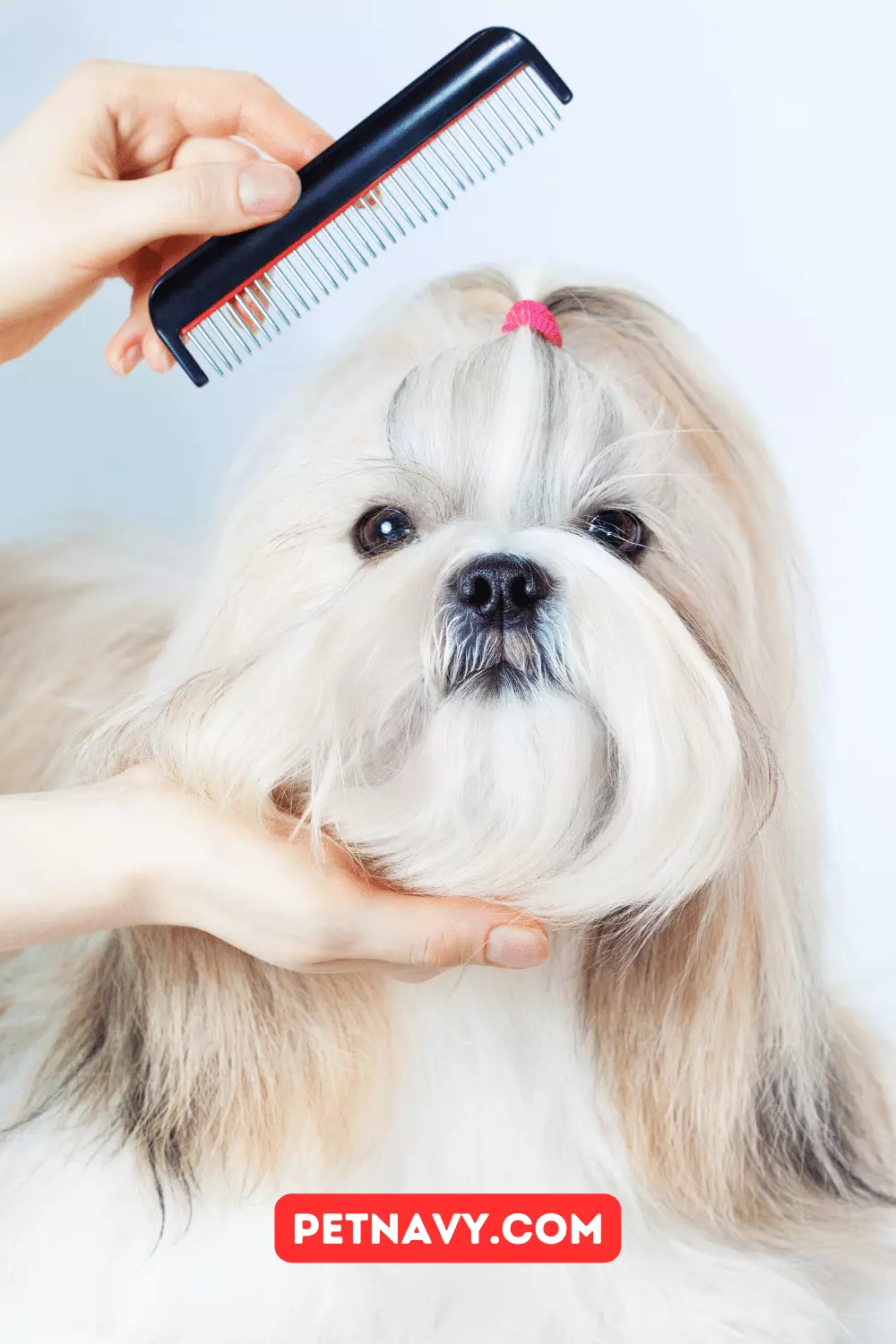
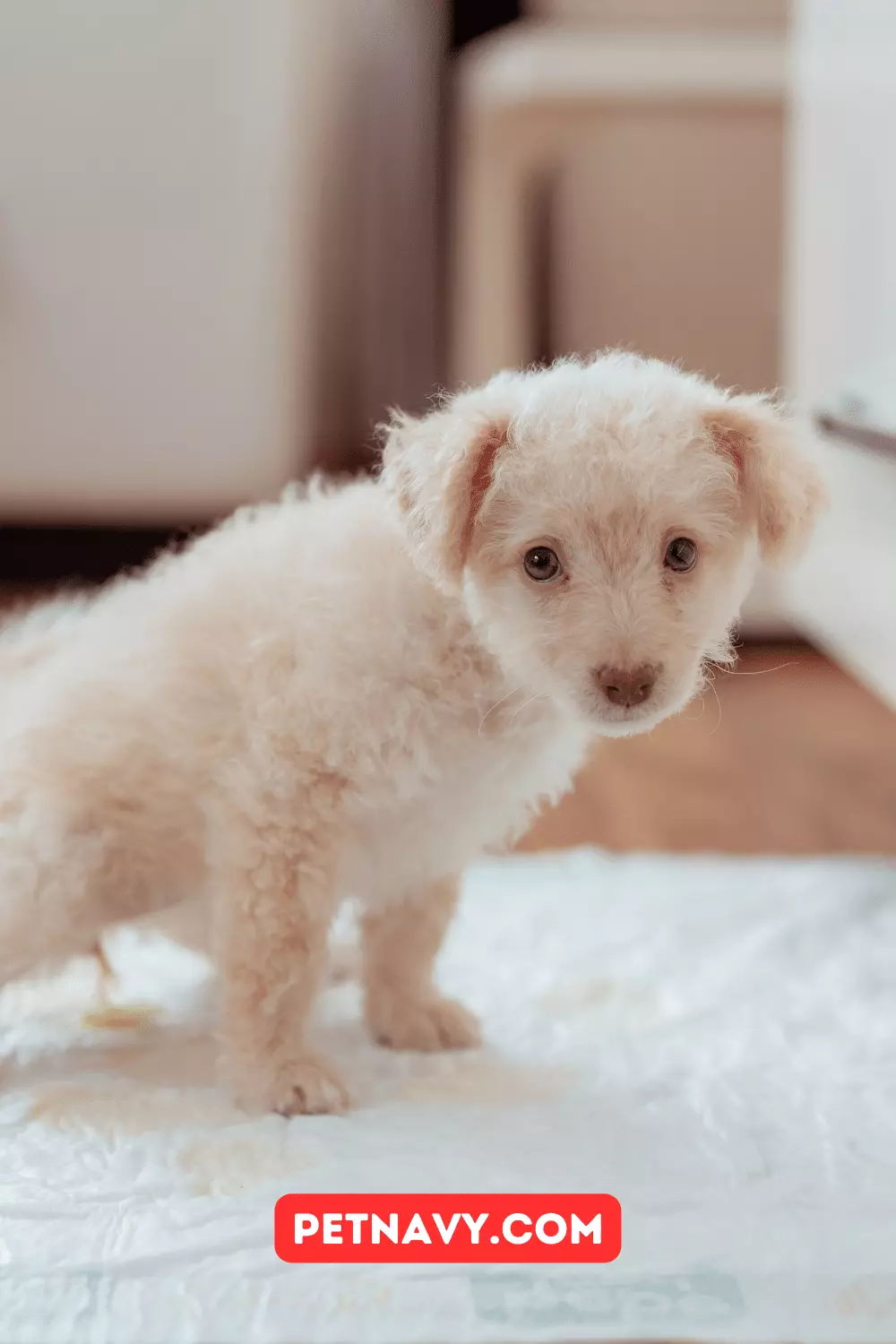

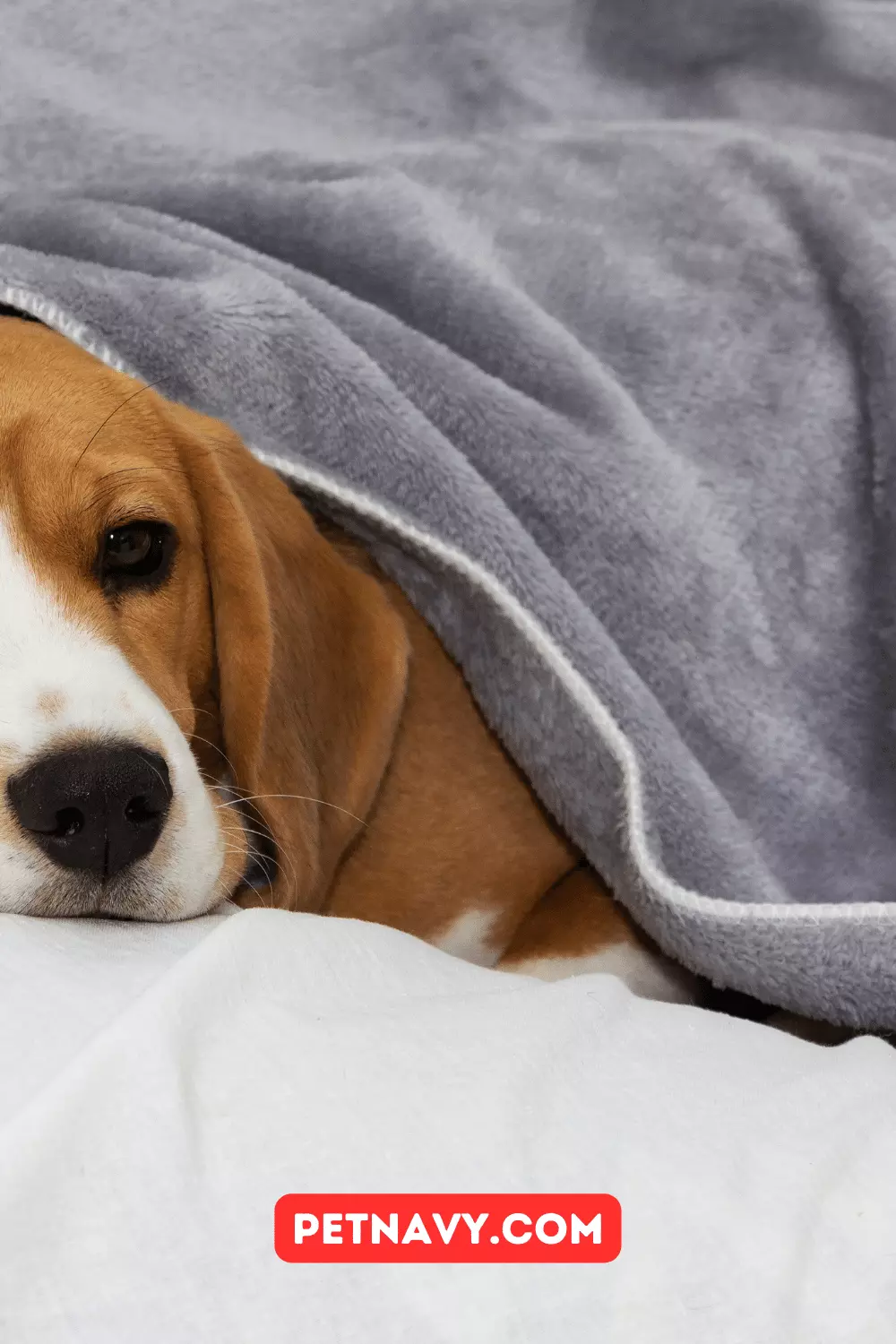



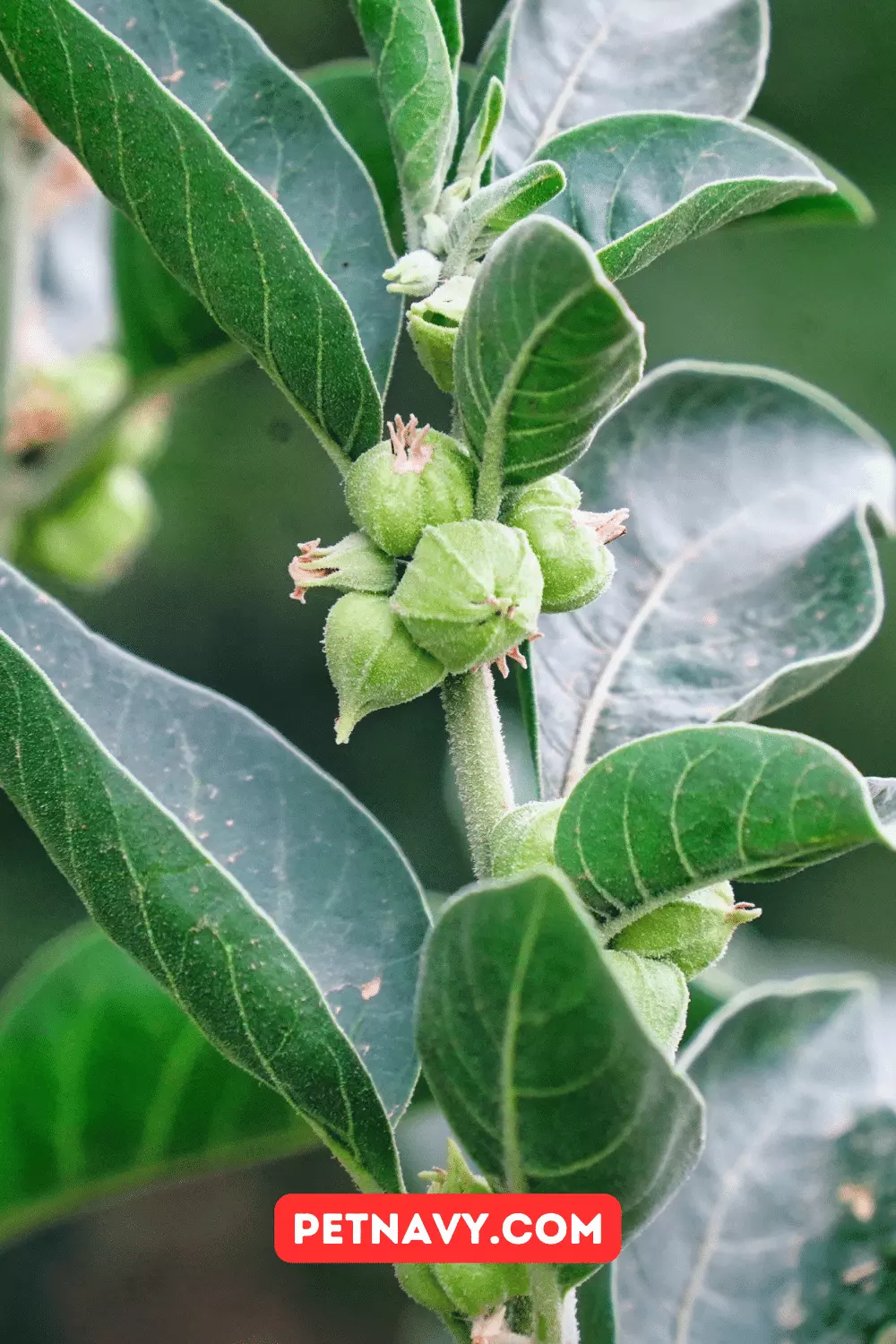
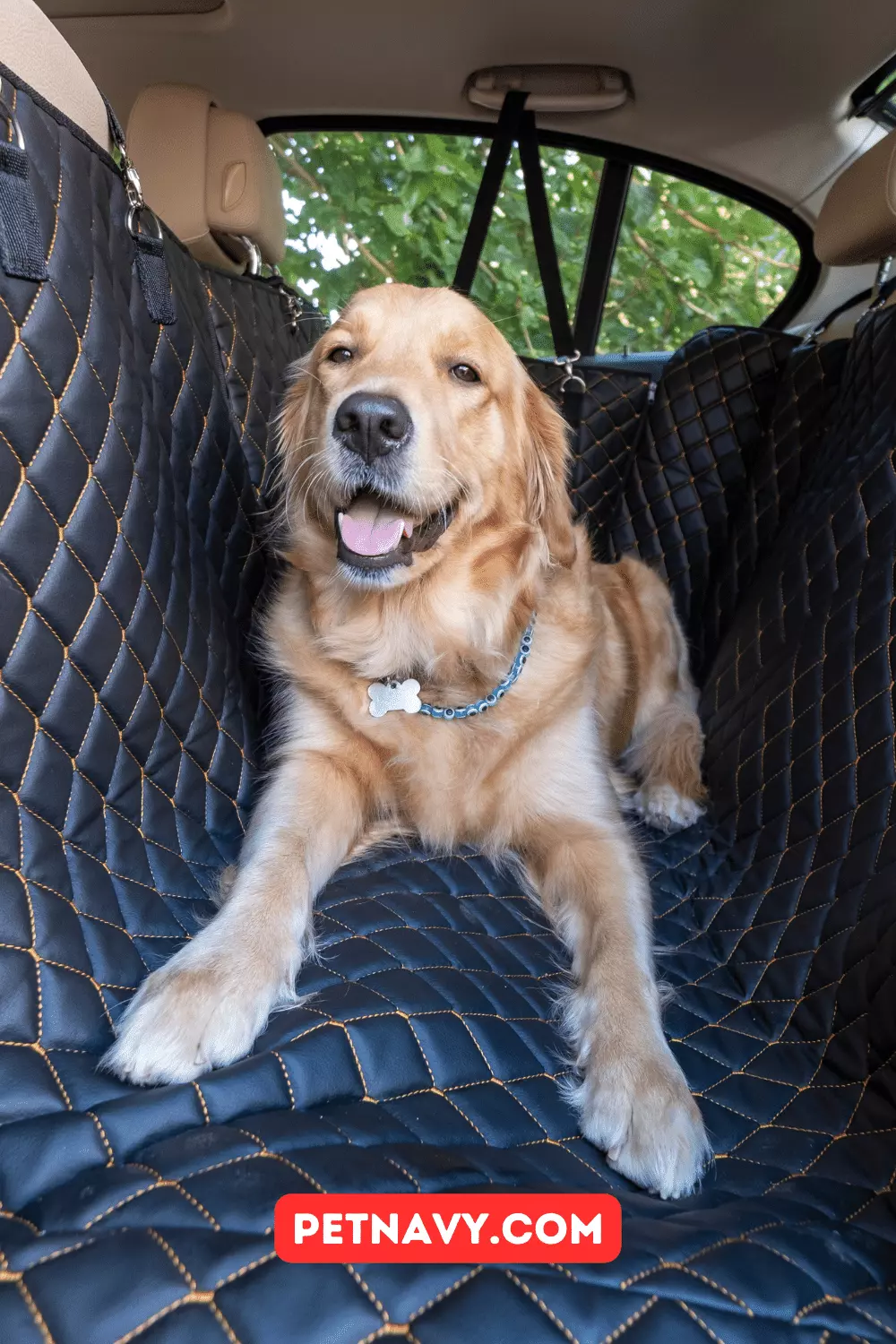
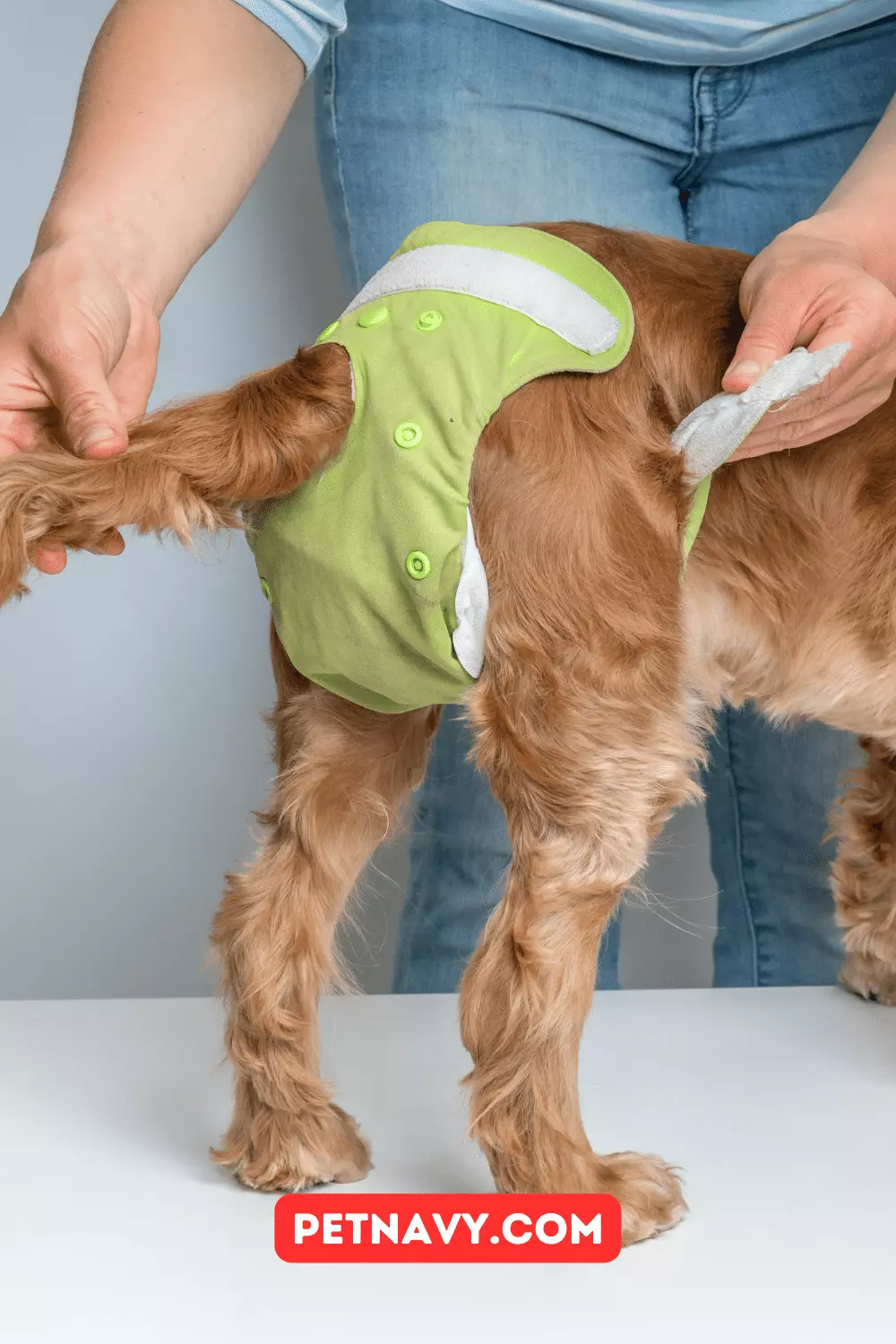



![Discover the Cost of Owning a Golden Retriever in the USA [Sep 2023]](https://petnavy.com/wp-content/uploads/2023/09/How-Much-Does-a-Golden-Retriever-Cost-in-the-United-States-in-2023.webp)
